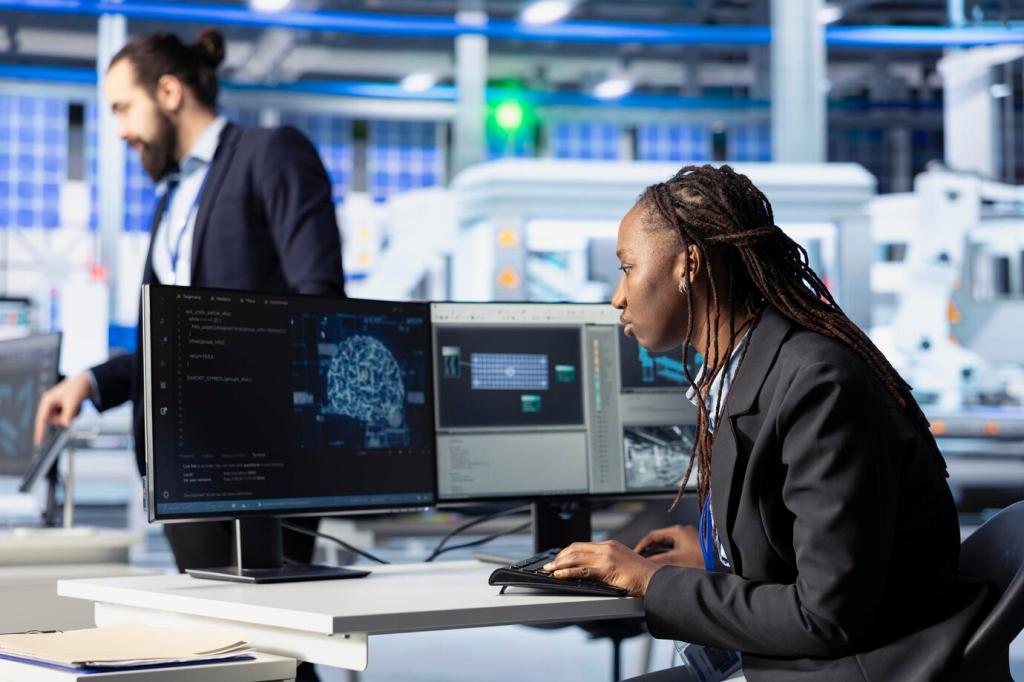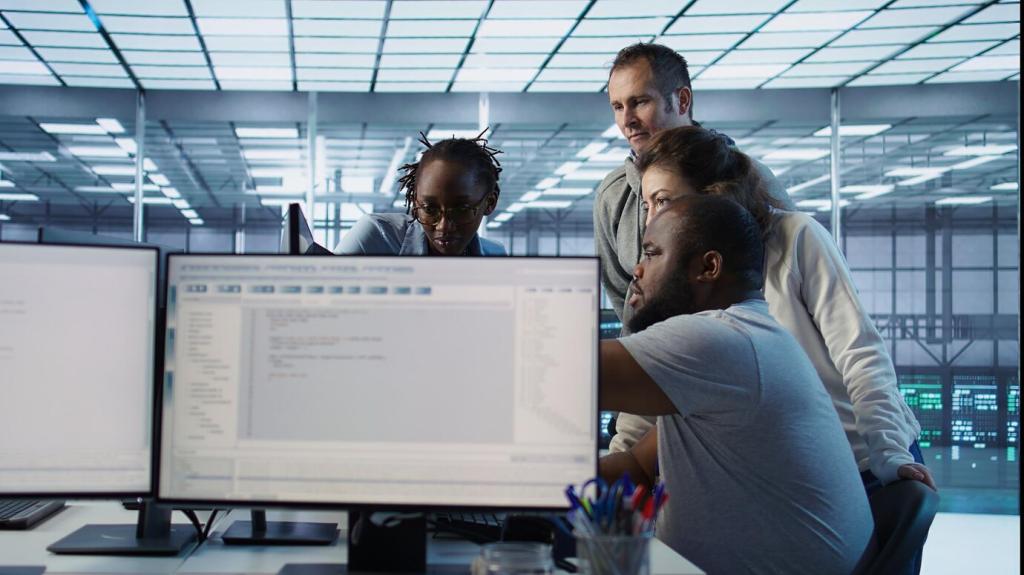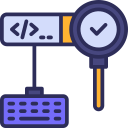Developing Audit Solutions Using Programming Skills
Leveraging programming expertise is revolutionizing the field of auditing. Today’s auditors can employ diverse coding languages and technologies to improve accuracy, reduce manual effort, and unlock advanced analytics for deeper risk insights. Developing audit solutions with programming skills empowers professionals to automate repetitive routines, analyze vast datasets, and tailor tools to specific organizational needs. As a result, organizations achieve greater data integrity and more effective compliance monitoring, elevating the strategic role of internal audit teams and ensuring robust governance frameworks.

Understanding the Impact of Programming in Auditing
Automating audit workflows with programming languages such as Python or R streamlines repetitive tasks and reduces the likelihood of human error. Routine processes like data extraction, cleansing, and population can be handled swiftly and reliably, freeing auditors to focus on higher-level strategy and judgment. Automation also improves consistency, ensuring every instance of a particular audit test is conducted in exactly the same manner. As automation becomes integral to the audit process, teams not only increase their productivity but also enhance the overall quality and reliability of their results, making audits more value-driven and timely.
Mapping Audit Processes to Programmable Workflows
Designing effective audit automation begins with a clear understanding of existing manual workflows and the identification of tasks that are best suited for programming. By breaking down processes into programmable components, auditors can systematically translate complex procedures into modular, reusable scripts and functions. This mapping stage is crucial as it ensures that automation closely reflects the underlying audit objectives and doesn’t overlook essential controls or data checks. Well-designed workflows not only reduce manual effort but also ensure more thorough and repeatable audit coverage.
Building Robust Audit Scripts and Applications
The development phase involves writing and testing scripts or applications that will automate targeted audit tasks. This typically includes data extraction, transformation, testing, and reporting components programmed in languages like Python, JavaScript, or SQL. Rigorous error handling, data validation, and documentation are embedded to guarantee reliability and transparency throughout the audit process. By deploying such robust tools, auditors can confidently scale up their analyses across large volumes of data and multiple business units, furthering the reach and impact of audit activities.

Leveraging Machine Learning for Risk Detection
Machine learning algorithms—developed using programming environments—allow auditors to build dynamic models that learn from historical data and uncover emerging patterns of risk. These models can predict potential control failures, flag anomalous transactions, or prioritize areas for deeper review based on probability and impact. Rather than relying solely on static rules, machine learning provides a dynamic and adaptive approach to risk detection, leading to more effective use of audit resources and earlier identification of critical issues.

Real-Time Monitoring and Continuous Auditing
Programming skills open the door to continuous auditing by allowing the development of scripts and sensors that monitor transactions and control activities in real time. Such solutions automatically flag exceptions, generate alerts, or even resolve issues as they arise. Real-time monitoring marks a dramatic shift in audit’s timeliness and relevance, moving the process from static, periodic reviews to ongoing oversight. This proactive stance helps organizations react to risks immediately and fosters a culture of accountability and continuous improvement.

Driving Strategic Insights Through Visualization
The vast amounts of data processed during modern audits benefit greatly from sophisticated visualization techniques, made possible by programming. By crafting interactive dashboards, graphs, and heatmaps, auditors can communicate complex findings quickly and clearly to both financial and non-financial stakeholders. These visual tools help decision-makers understand risk landscapes, spot trends, and allocate resources more effectively. Programming-driven visualization ensures that audit insights are accessible and actionable, driving value beyond compliance and into strategic decision-making.
